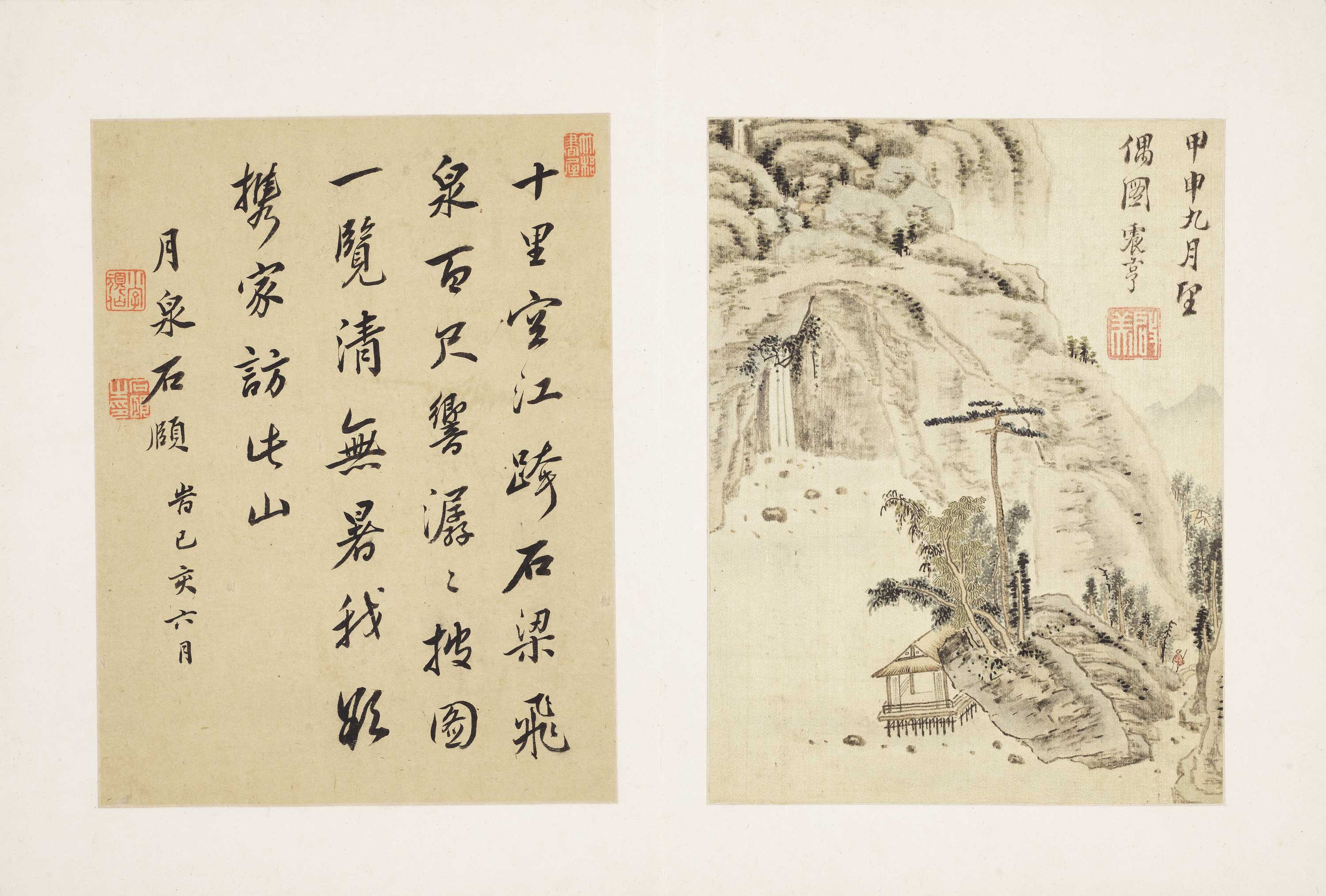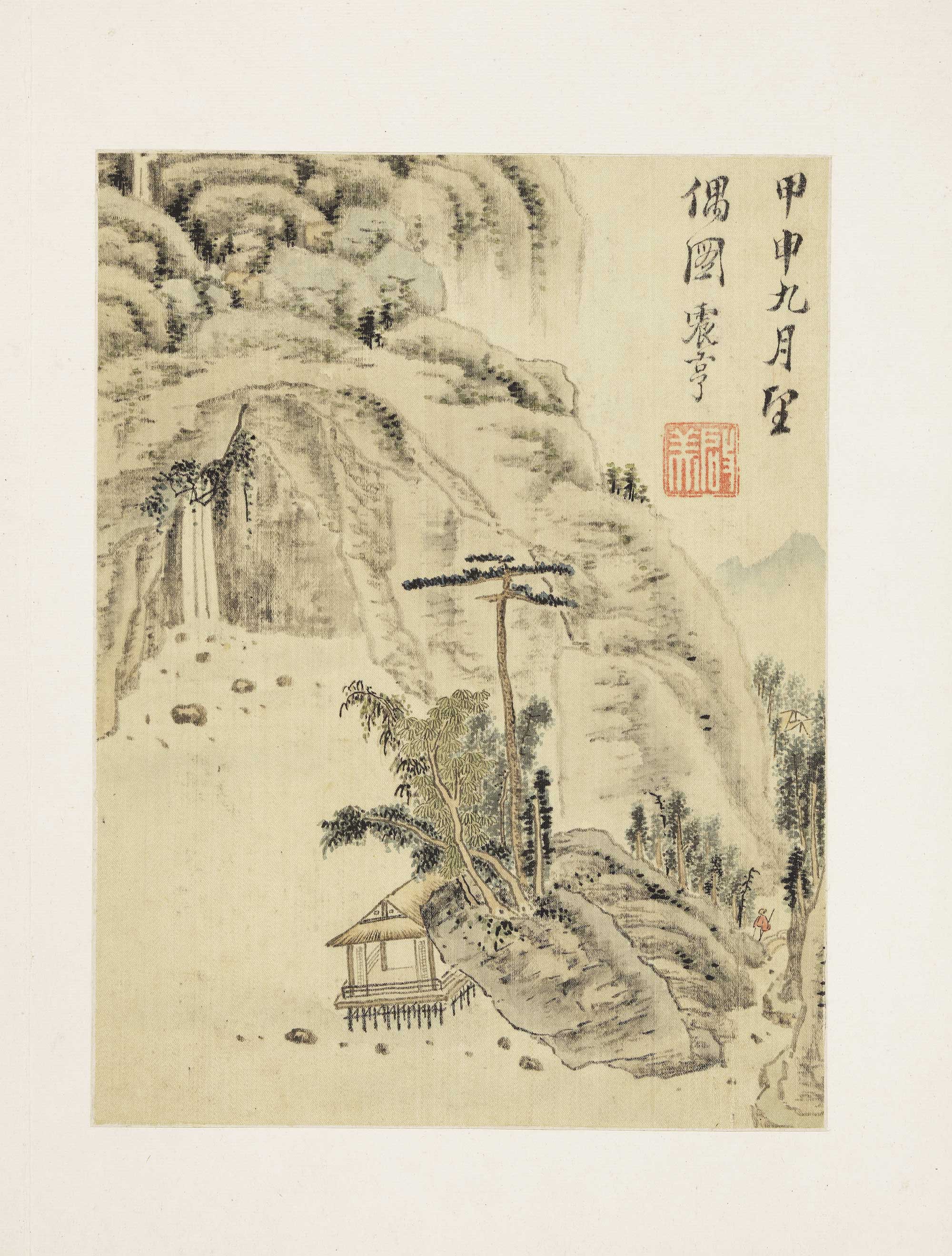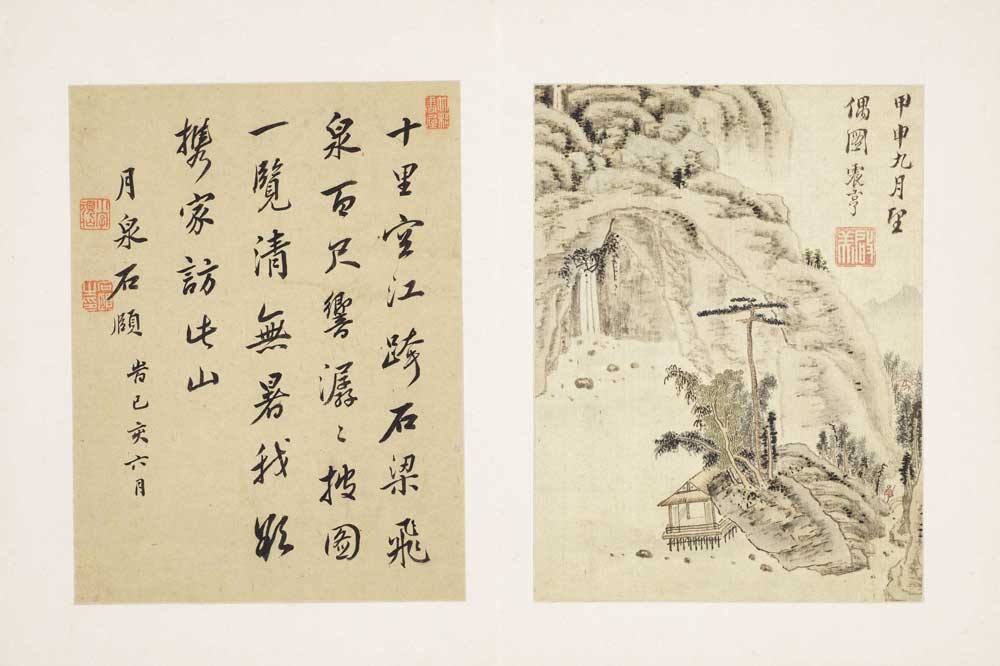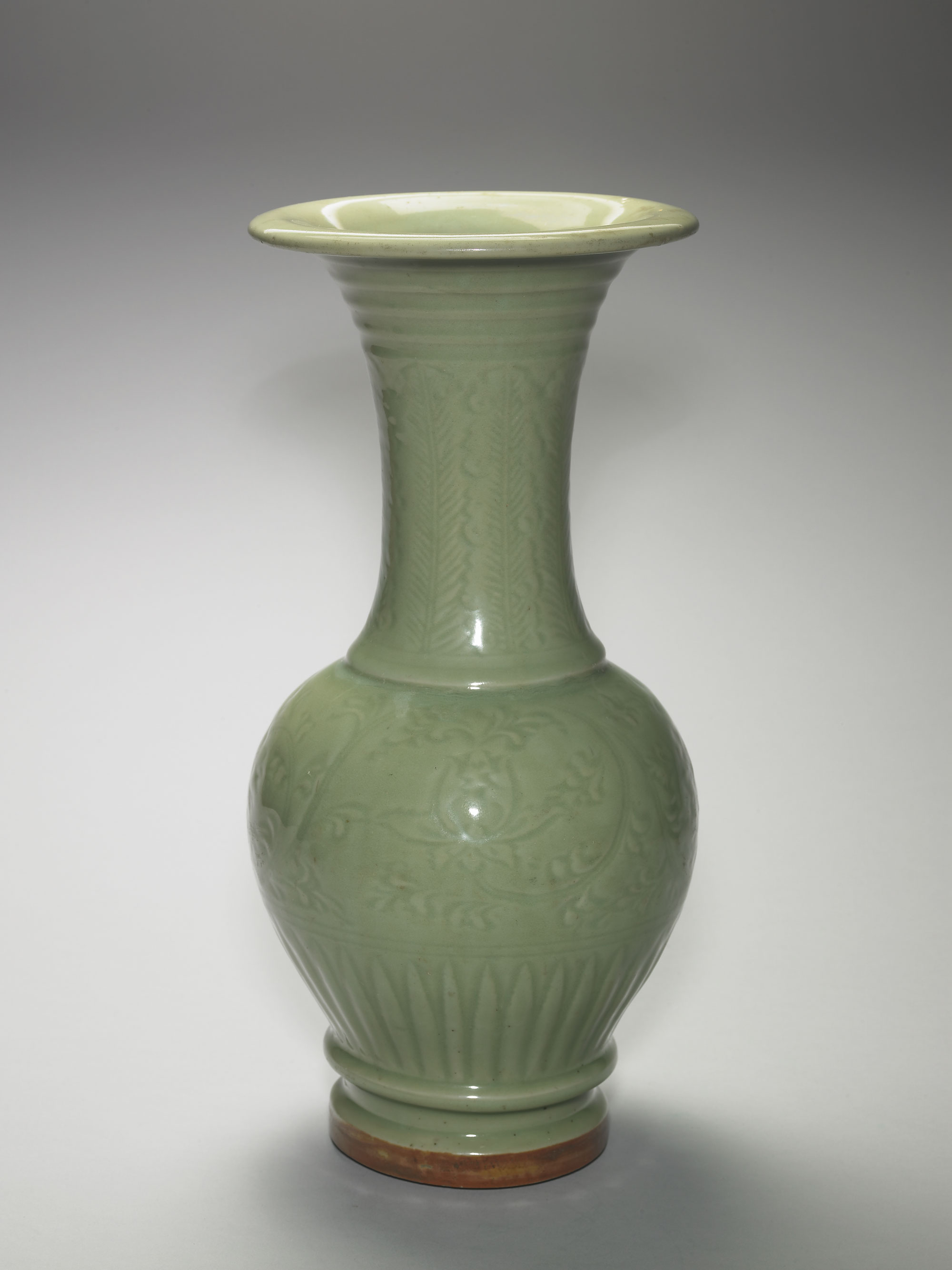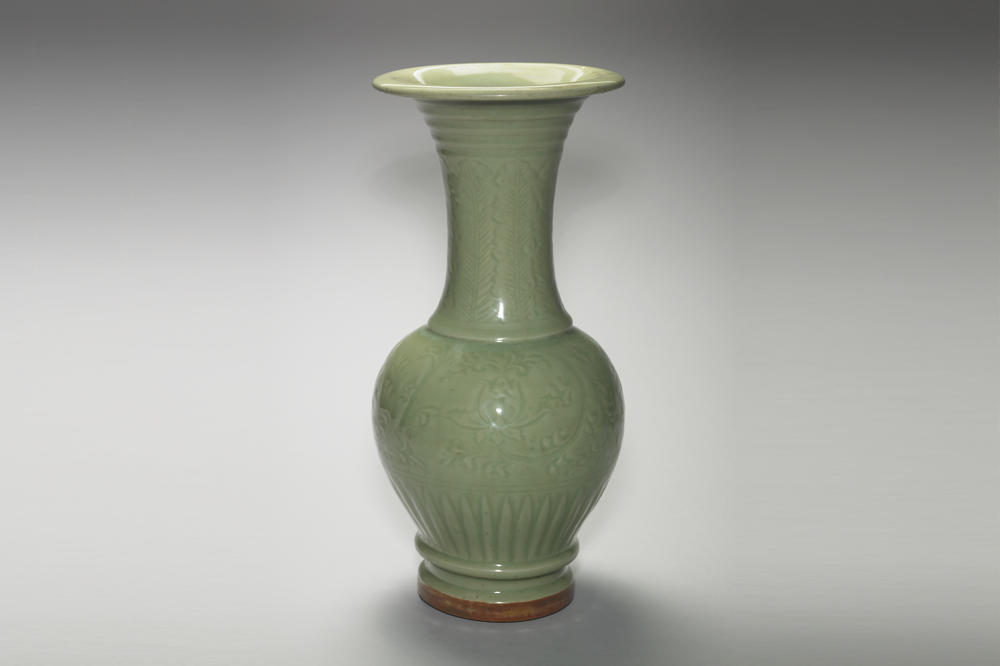Wen Zhenheng and Treatise on Superfluous Things
Wen Zhenheng, style name Qimei and sobriquet Mujisheng. Wen came
from the extremely influential
literary family of Suzhou in the Ming dynasty. Began with his great grand father Wen Zhengming,
There were many members from the Wen family that had been highly praised for their poems,
literatures, calligraphies, and also paintings. Wen Zhenheng was the leading character to
continue the family legacy in the late Ming dynasty. Wen's activities had not been limited to
his hometown Suzhou, but stretched to Nanjing and Hangzhou where elites gathered from all
places. Wen had established a wide circle of acquaintance with literati, and formed a close bond
through elegant gatherings adorned by poems and literatures.
With the cultural assets that Wen Zhenheng inherited from his
family of Suzhou, Wen had
accumulated his opinions and knowledge regarding the Chinese zither, chess play, calligraphy,
paintings, incense burning, tea drinking, clothing, objects, and gardening into the book
"Treatise on Superfluous Things." The book had become the guideline of cultural taste in
the
late Ming, and revealed the literati's exquisite and particular attitude towards every aspect of
life during that time. This section will introduce the works and collections of Wen Zhenheng,
his relatives, and friends, along with the various editions of his well-renowned publication-
"Treatise on Superfluous Things."
-
Landscapes
- Wen Zhenheng(1586-1645)
- Ming dynasty
The image illustrates the literati leaving the tranquil water-pavilion, and looking back to admire the waterfall among the rocks. This painting was done in 1644, the year when the Qing's army entered the capital, and as if it showed the Wen Zhenheng's memories for peaceful life before.
-
Zhangwuzhi
- Treatise on Superfluous Things
- Written by Wen Zhenheng (1586-1645), Ming dynasty
- Late Ming imprint
- Collection of the National Central Library
This book was written in the early 17th century. The pronunciation of the character 長 in the title is the fourth tone of zhang, and the phrase zhangwu is taken from the quotation "Shenwu Zhangwu" in the Shishuo Shinyu (New Account of Tales of the World), meaning accessory personal belongings. The exhibits on view are meant to present what Wen saw, touched and lived by in his daily life. Trivial as they may seem, these object are nevertheless embedded with cultivated taste.
-
Wuxianzhi
- Gazetteer of the Wu County
- Edited by Niu Roulin, Ming dynasty
- Imprint of the 15th year of the Chongzhen reign (1642), Ming dynasty
The Wu county in Jiangsu province is located on the west side of the Suzhou township, and is recognized as one of the more prosperous areas in the Southeast. The Gazetteer of the Wu County on view is a record of its landscapes and customs, population and farm fields, famous residences and gardens, and biographies of celebrities. Made up of fifty-five fascicles, the work provides a great amount of information on the family of Wen Zhengming (1470-1559), such as the Pavilion of Lingering Clouds built by his father Wen Lin, the Herb Garden created by his great grandson Wen Zhenmeng (1574-1636), and the House of Fragrant Plants owned by Wen Zhenheng. These sites were venues for social events and cultural activities among Suzhou literati in the Ming dynasty, manifesting the kind of influences exerted by a local family in this transitory period of time.
-
Phoenix-tail Vase with Incised Floral Design
- Longquan ware
- Early Ming dynasty
Since the late 16th century, the literati from the Jiangnan District gradually brought flower arrangement and vases into their ordinary lives. According to Wen Zhenheng, taller Longquan wares were the most suitable vases for plum blossoms.
